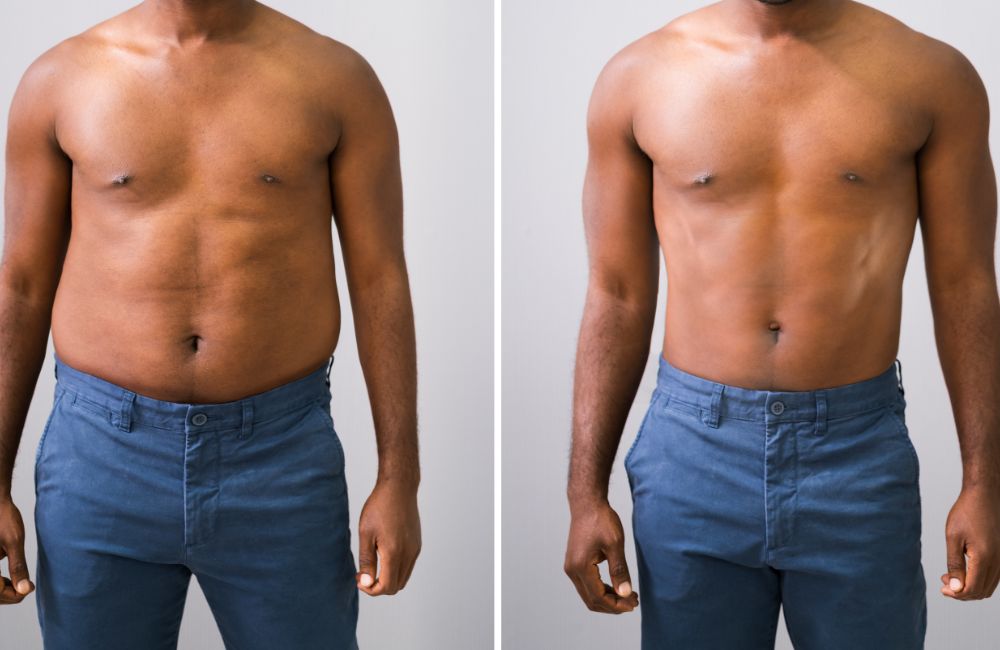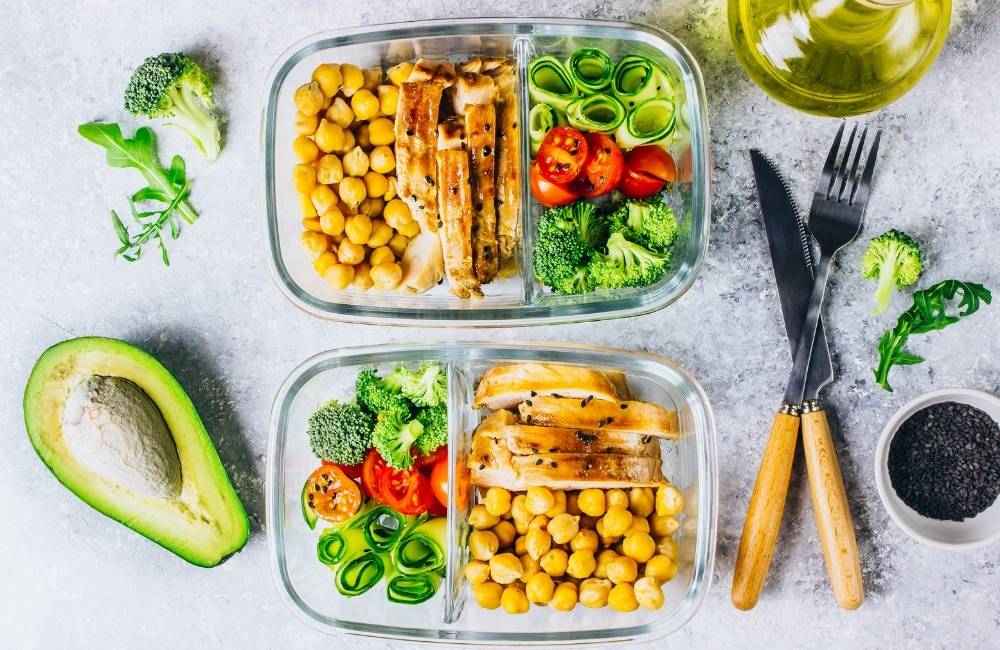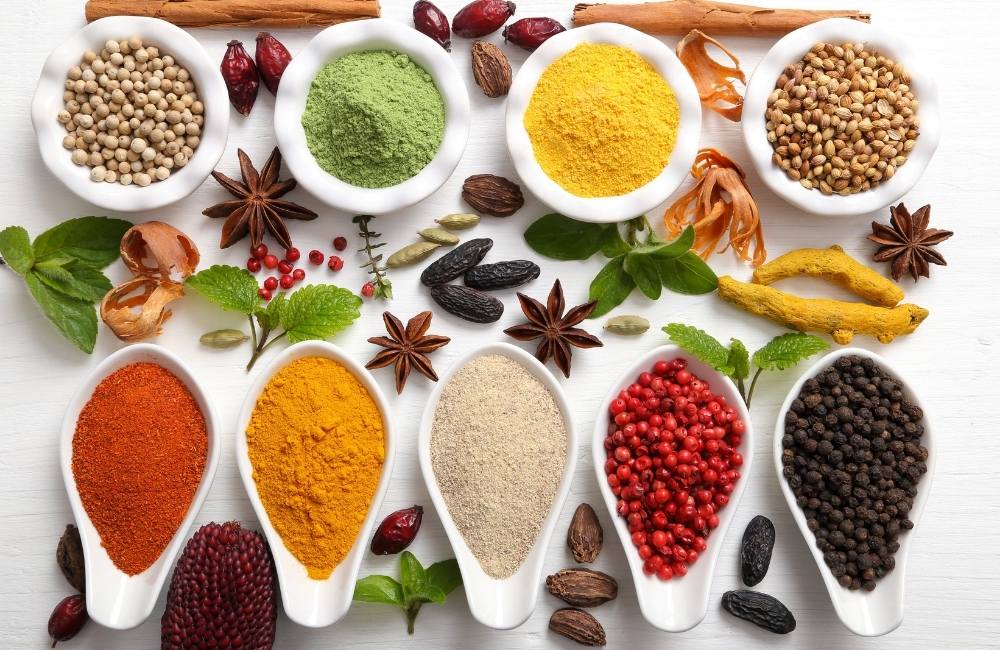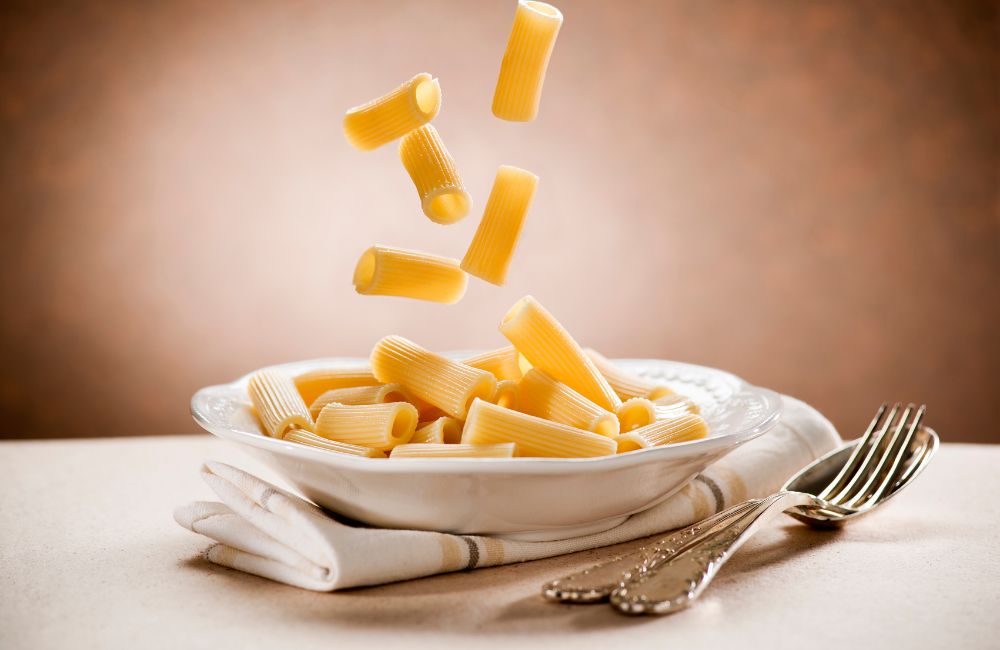
How do you lose 30 pounds in 30 days? Is it safe and is it even possible to lose 30 pounds in 30 days?
Losing 30 pounds in 30 days will be difficult and may not be the healthiest approach. A more manageable, realistic, and safe weight loss goal is closer to 8 to 10 pounds a month.
You may lose a little more or less, but you are making progress either way. If you lost 10 pounds a month, you would have lost 30 pounds in 3 short months!
I understand your desire to lose 30 pounds in 30 days. As a dietitian who has lost 50 pounds, I can relate.
I also can offer encouragement, and say that the weight may come off at different rates for different people, but it can happen if you follow these 12 proven strategies.

You may also like:
How to Lose 20 Pounds In a Month: 8 Simple Steps, Backed by Science
How To Lose 50 Pounds as Quickly as Possible: 5 Simple Steps, Backed by Science
Our ability to Lose 30 pounds is influenced by many factors:
- Our calorie intake and expenditure
- Medications
- Medical Conditions
- Mood
- Stress levels
- Sleep Quality
- Gut health
The 12 proven strategies below address the biggest influences when it comes to our weight.
These 12 proven strategies are crucial if you want dramatic, lasting weight loss – whether you want to lose 10 pounds, 20 pounds, or 30 pounds.
1. Make the Bulk of Your Meal From Low-calorie Ingredients

Most of our meals are built by adding toppings to a base. Let’s look at some examples from my book, Big Mindful Meals.
With pizza, the crust is the base and the veggies, cheese, sauce, and meats are the toppings.
Fettucine Alfredo is made by topping pasta (the base) with chicken and an alfredo sauce. Taco shells and tortillas are the base for tacos and sub bread is the base for subs.
The base is the bulk of your meal so if the base is made with a low-calorie ingredient, then your meal will have fewer calories.
Low-Calorie Base Options are:
- Konjac pasta (around 4 calories per serving)
- Zoodles
- Palmini
- Cauliflower rice
- Low-calorie broths (the base of soups)
- Whole grain wraps
- Lettuce for lettuce wraps
- Dark leafy greens for a salad
Once you pick your base, then you add flavor with your other ingredients.
2. Eat More Fiber

Fiber produces satiety. Meaning, that you will feel full more quickly and for longer if your meal contains lots of fiber. Fortunately, there are many ways to add fiber to your recipes.
Fiber can be included in your base ingredient or as toppings.
High-fiber Bases Include:
- Konjac pasta
- Palmini
- Zoodles
- Cauliflower rice
- Dark Leafy Greens
Vegetables, nuts, seeds, and fruits are also high in fiber. So, try adding these foods to your bases for even more fiber.
3. Add Protein Food to Every Meal

Once you have determined the base of your meal, it’s time to add protein. Protein is another must if you want to feel full and satisfied.
Protein can come from plants and animals. When choosing animal proteins, choose lean meats like chicken or turkey. Salmon, tuna, and other fish are also healthy protein choices.
Choose nuts, seeds, and legumes if you are trying to eat more plant-based.
4. Go Easy on the Dressings and Condiments

The dressings and condiments are going to be where you add the flavors to your low-calorie base.
However, a little goes a long way. Instead of dipping or pouring the condiments or dressings on top, try thoroughly mixing them into the food.
You will need less when the dressing is mixed throughout. You can also season with herbs and spices. Herbs and spices are healthy flavor enhancers.
5. Make It a Soup

You can turn many meals into soup by adding some low-calorie vegetable broth. Want tacos? Make a taco soup instead by using vegetable broth. Just add the toppings you like in your tacos to the vegetable broth.
Taco Soup Ingredients:
- Grilled chicken
- Cilantro
- Salsa
- Light Sour cream
- Onion
- Vegetable broth
When you turn tacos into a soup, you will usually eat fewer calories per serving than you would if you were eating classic tacos.
Get creative. Think of your favorite meals and see if you can turn them into soup.
6. Drink Green Tea and Other Teas

Studies have shown that green tea can boost metabolism and increase fat-burning (1). This may be due to the combination of caffeine and catechins found in tea.
One study found that people who drank green tea lost 7.3 pounds more than the control group (2).
Green tea is not the only helpful tea. Many teas contain this metabolism-boosting catechin/caffeine combination.
Other Helpful Teas include Oolong and Black Tea. Remember, though, that adding sugar will add calories and could keep you from reaching your weight loss goals.
7. Make it Spicy

Capsaicin is found in hot chili peppers and is what makes a pepper taste spicy. Capsaicin has been shown to boost metabolism and help with weight loss and fat loss (3, 4).
The capsaicin in chili peppers may also act as an appetite suppressant (5).
Have you ever noticed that you get full more quickly when you eat a meal containing spicy peppers? Your satiety is probably due to the capsaicin in the peppers.
8. Drink Water Instead of Sugary Drinks

Another benefit to eating spicy food is that it will encourage more water consumption. Which is a good thing since drinking water in place of sugary drinks can help with weight loss (6).
Many don’t even realize how many calories they are drinking. But it can add up! Fruit juices and sugary sodas are packed with empty calories.
For someone who drinks sodas at every meal, replacing their sodas with water would produce weight loss without making any other changes.
9. Drink Cherry Juice Before Bed

Poor sleep increases your risk of weight gain and obesity (7). Fortunately, cherry juice contains a natural sleep aid- melatonin.
Studies show that the melatonin in cherry juice can increase total sleep and quality of sleep (8, 9).
10. Limit Late Night Snacks

Late-night snacking can hinder weight loss for several reasons. One, a healthy gut needs rest. The night is a natural time for your gut to rest, but if you are snacking late at night, you are cutting down on that gut rest time.
Two, lack of sleep can increase weight gain. So, snacking instead of sleeping can prevent weight loss and cause weight gain.
Finally, if you have already eaten throughout the day, then late-night snacking will likely give you extra calories.
11. Limit Refined Carbohydrates and Fried Foods

Refined carbohydrates are heavy on calories with little nutrients. Because they are low in fiber, you may find yourself eating large quantities without feeling full.
Fried foods usually involved coating your food in refined flour and then frying it in oil. Both of these cooking techniques promote weight gain.
12. Season with Herbs and Spices

Turmeric contains Curcumin. Curcumin is a powerful antioxidant that has been shown to help with weight loss in studies.
Turmeric may help promote weight loss, reduce body fat tissue growth, and reduce obesity-related inflammation (10, 11, 12).
Black pepper enhances turmeric absorption. The piperine in black pepper may also inhibit fat cell formation and aid in weight loss according to animal and in vitro studies (13, 14).
A review of 14 studies found that consuming ginger may help reduce body weight and waist-to-hip ratios (15).
Cinnamon may reduce appetite and hunger according to some studies (16).
Many Herbs and spices contain healthy antioxidants. They also add flavor to meals without adding extra calories so, try adding flavor to your meals by using a variety of herbs and spices.
The Takeaway On Losing 30 Pounds In 1 Month
How do you lose 30 pounds in 30 days? The answer is complicated. For those who could benefit from losing 30 pounds, a 30-pound weight loss goal is achievable.
However, to avoid frustration and lose weight safely, aim to lose 30 pounds in 90 days instead of 30 pounds in 30 days.
Based on research, the proven weight loss strategies that will help you lose those 30 pounds are:
Find ways to cut calories
You can do this by using low-calorie ingredients for the majority of your meal. Building most meals involves adding ingredients to a base.
The base is the ingredient that holds all the other ingredients in a meal. The base is usually the largest portion of the meal.
You can use low-calorie bases like lettuce instead of bread for wraps or let your topping be held by leafy greens instead of pasta or chips. Vegetable broth can also be a liquid base in soups.
Adding liquid is a great way to add bulk without adding many calories. You can also add water and vegetable broth to increase the bulk of a soup. Water is a zero-calorie addition to soups.
Add protein-rich and fiber-rich foods to every meal. Vegetables, nuts, seeds, fruit, and whole grains are good sources of fiber. Lean meats, fish, nuts, seeds, and legumes are good sources of protein
Add more spices and herbs to your meals
Focus on seasoning your meals with plenty of herbs and spices. Herbs and spices are often high in antioxidants and loaded with flavor. Plus, some herbs and spices like turmeric, black pepper, cinnamon, and ginger, may aid in weight loss. Chili peppers also add flavor to your meals and may help boost metabolism
Drink water and tea
Water and tea contain zero calories as long as you don’t add sugar. According to many studies, teas, especially green tea, promote weight loss.
Get adequate sleep and avoid late-night snacking
If you are having trouble sleeping, try drinking a small glass of light cherry juice before bed. Cherry Juice may help you get to sleep and promotes better sleep
Limit your intake of fried foods and refined carbohydrates and go light on the condiments and dressing.


